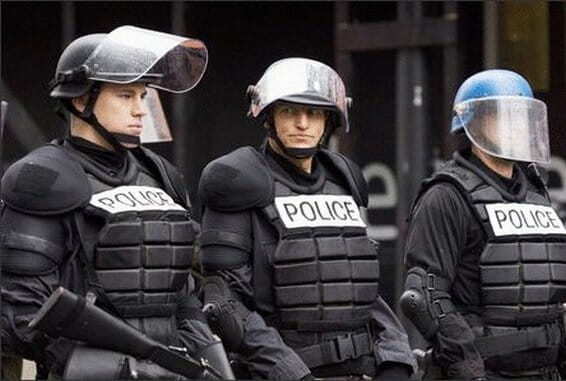Battle in Seattle

Release Date: Sept. 19
Director/Writer: Stuart Townsend
Cinematographer: Barry Ackroyd
Starring: Michelle Rodriguez, Woody Harrelson, Martin Henderson, Charlize Theron?
Studio/Run Time: Redwood Palms, 100 mins.
Flimsy examination of a famous protest
A film that recreates the volatile environment of the 1999 World Trade Organization conference in Seattle might not seem to have much in common with the melodramatic disaster movies of the 1970s, but boiled down to its minerals, Battle in Seattle feels a lot more like The Poseidon Adventure (1972) than a thorough examination of the moment.
Written and directed by Stuart Townsend, the film opens with a two-minute history of the WTO, beginning in 1947 and zipping up to 1999, leaving the impression that the organization oversees every financial transaction on earth—hence the need for opposition.
Then the film shifts into the fictionalized personalities involved in the chess game played on Seattle’s grid in ’99: the noble protesters, the armored riot squads, the violent renegades in the midst of both. The mayor, the reporters, the delegates, the innocent bystanders, they visit the doctor, they shop, because it’s a day like any other—until the earthquake or hijacking or riot turns the city on its head.
-

-

-

- Curated Home Page Articles By Test Admin October 21, 2025 | 3:10pm
-

- Curated Home Page Articles By Test Admin October 21, 2025 | 2:57pm
- Urls By Test Admin October 21, 2025 | 2:57pm
- Curated Home Page Articles By Test Admin October 21, 2025 | 2:55pm
-

-

-

-

-

-

-

-

-

-

-

-

-

-

-

-

-

-

-

-

-

-

-

-

-

-

-

-

-

-

-

-




































